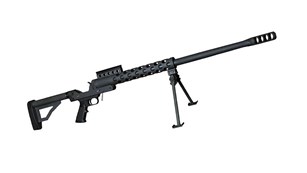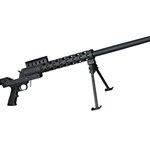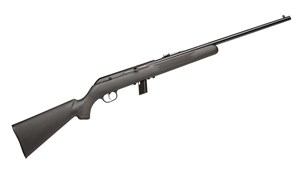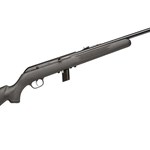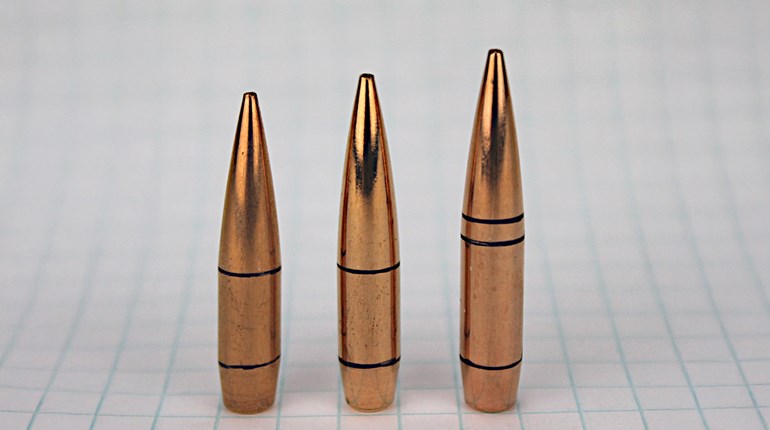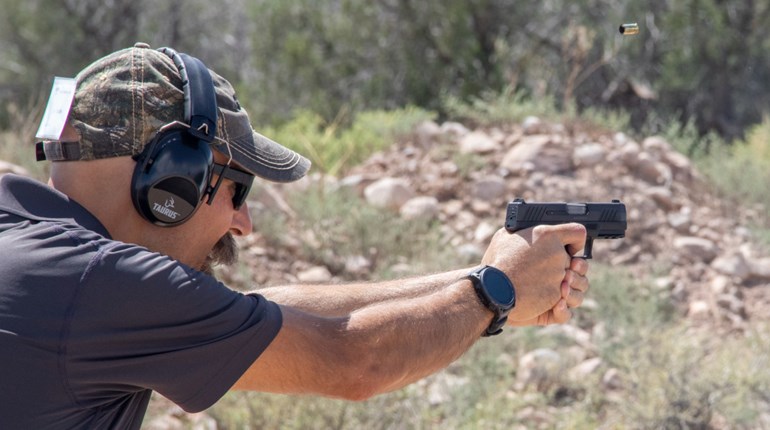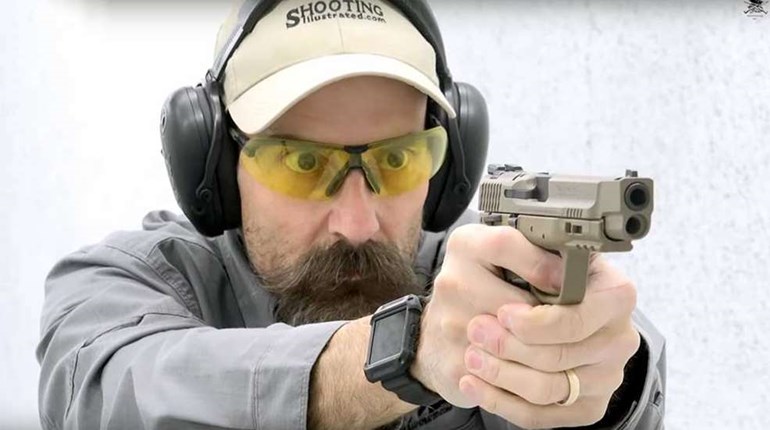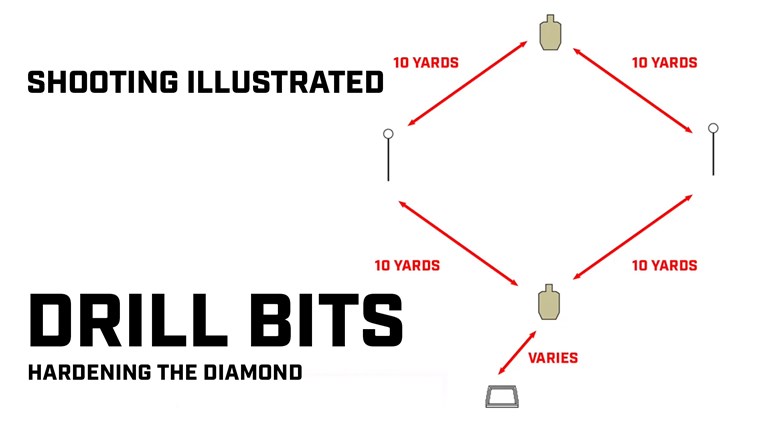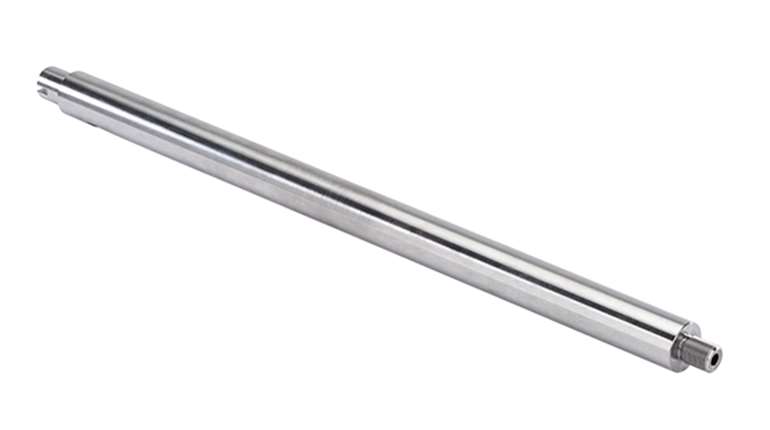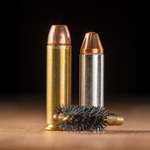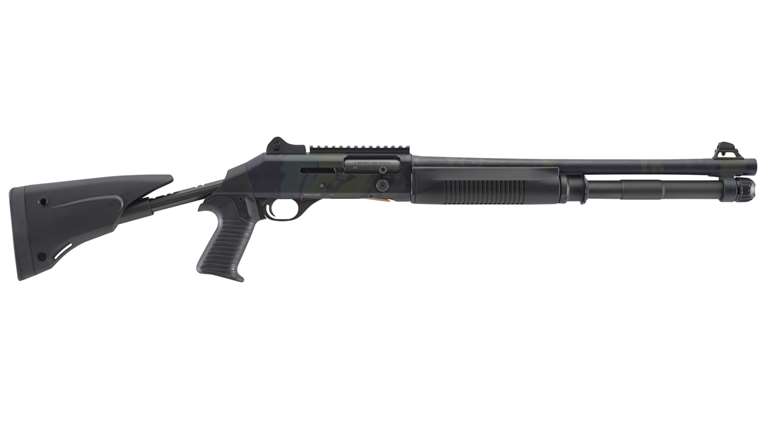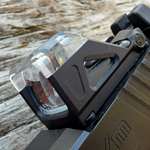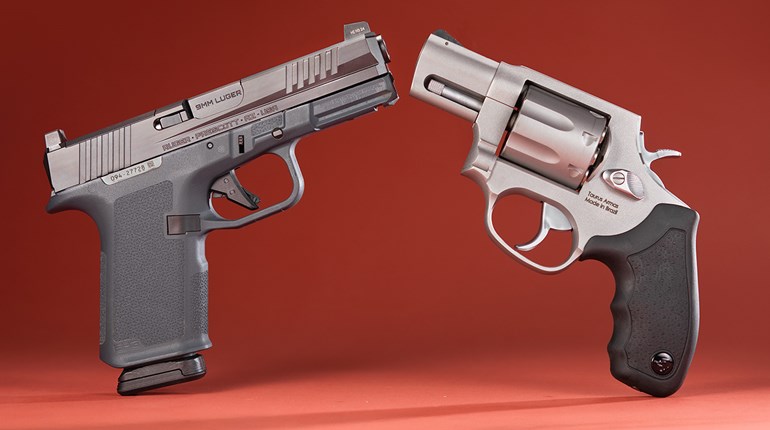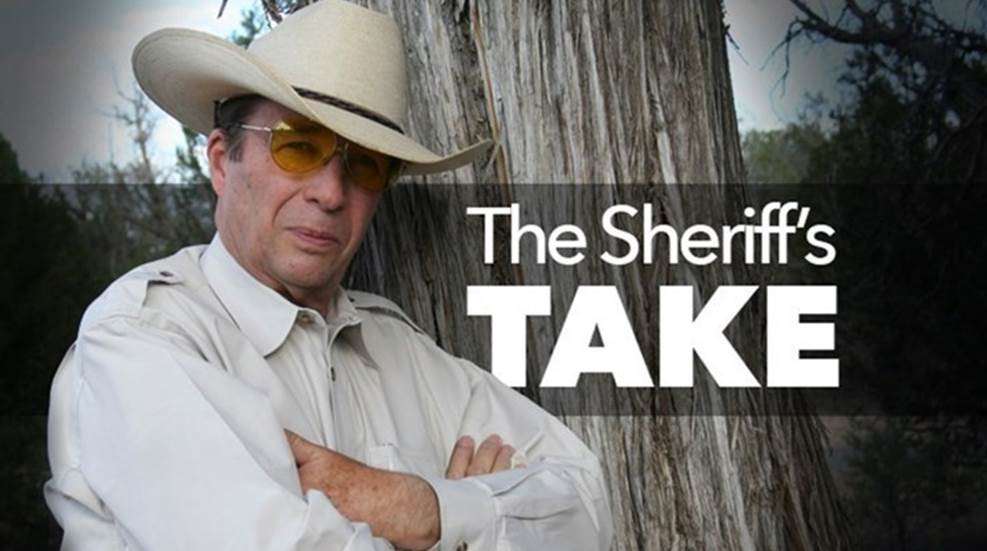
Regardless of your state of residence, the justification for using deadly force is to stop someone who is placing people’s lives in immediate, serious danger. Of course, it is up to you to know the exact wording and particulars of your state law and abide by them. But, essentially, if we hadn’t taken immediate action, an innocent person would have been killed or sustained serious bodily injury.
It is important to understand that killing the bad guy is not, nor should be, our goal. We are acting because we want to stop the attacker right now, before any further damage is done. By the same token, if the bad guy dies because of our defensive response, that is unfortunate, but it is something he should have considered before placing others in danger.
And, in order to get him to stop as quickly as possible, we place our shots in what we call the vital zone. Rounds fired to the upper chest area are the easiest to make because the target is large. And these shots rely on the loss of blood and drop in blood pressure to incapacitate the criminal. As most deer hunters know, even a heart shot is not an instant stopper. Activity stops when fresh blood is no longer getting to the brain.
The more immediate stop comes from a head shot that impacts the brain or brain stem. The problem here is that the head is a much smaller target and is generally a moving target, as any turkey hunter can testify.
The current trends in thinking are that caliber doesn’t matter nearly as much as penetration. The bullet has to drive deep enough to impact the vitals in such a way as to cause the criminal to stop the attack. Okay, I’ll buy that, up to a point. A large hole in the heart or a major blood vessel is going to leak more blood than will a small hole in the same location.
For this reason, I still recommend the minimum defensive round to be 9 mm/.38 Spl. in size. And the defensive handgun should be loaded with premium bullets from a major manufacturer to insure that it will expand and penetrate in an appropriate manner. There is really no justification for going to a smaller caliber unless the person has some sort of physical problem that prevents it.
Essentially, the smaller the caliber and the lighter the load means that it is going to be even more difficult to get the crook to stop right now. And, remember, that is our goal. If your attacker dies from all those .22 bullets next week, or even in a couple of hours, there’s still plenty of time to continue this grievous attack. It is that attack that we want to stop ... and we want to stop it right now!






